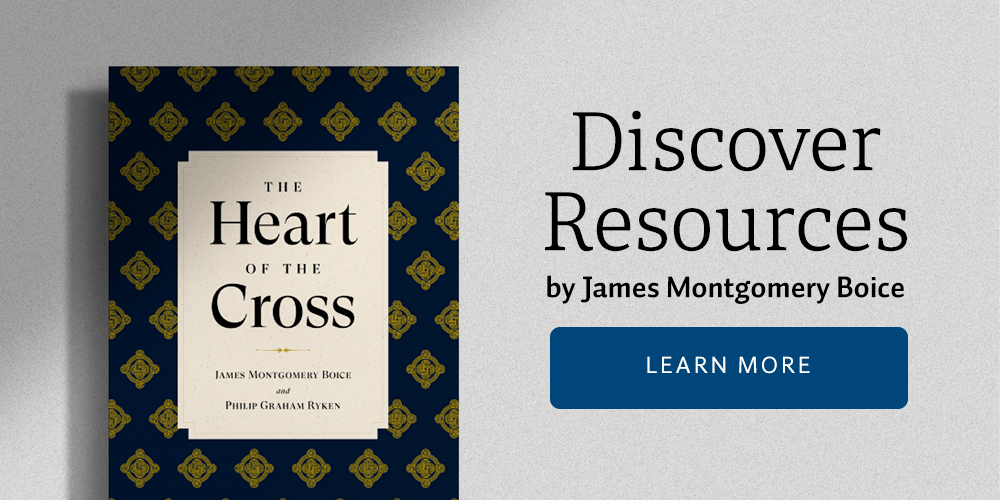Theme: The defeat of death.
This week’s lesson’s show us the joy of Jesus’ resurrection.
SCRIPTURE
Matthew 28:6
He is not here, for he has risen, as he said. Come, see the place where he lay.
LESSON
The way these accounts fit together makes the narrative compelling, and it may not be overstating the case to say, as Matthew Arnold once did, that the resurrection of Jesus Christ is “the best attested fact in history.” Lawyers in particular have found this to be true, jurists like Frank Morison, Gilbert West, J. N. D. Anderson, and others. Sir Edward Clark, a well-known English jurist, wrote, “As a lawyer I have made a prolonged study of the evidences for the first Easter day. To me the evidence is conclusive, and over and over again in the High Court I have secured the verdict on evidence not nearly so compelling. As a lawyer I accept it as the testimony of men to facts that they were able to substantiate.”1
At this point, however, neither Peter nor John had seen the resurrected Lord. He was seen by the women first, those who had been last at the cross and were now first at the tomb, Jesus met them on their way home after they had gone to the tomb, seen the angels, and heard about Jesus’ resurrection. The angels message contains four imperatives which are as important for us as they were on that first Easter day for those women (vv. 6-7). In today’s lesson we’ll look at the first two.
1. Come. The first of the angels imperatives was “come.” That was important, because there was much that might have hindered the women from coming. The place itself might have hindered them. It was a graveyard early in the morning, They might have said to each other, “Let’s go back; its not safe here. Let’s come back when it is brighter and there are more people around.” Fear of Rome might have hindered them. The stone had been sealed, but the seal was broken and the stone removed. Rome had been defied. They might be implicated in the crime. They might have said, “We can’t go closer. Rome forbids it” Their sin might have hindered them. Something mysterious, holy had taken place here. They might have reasoned, “This is sacred ground. We can’t go closer.” None of this stopped them, of course. The invitation to come was from God, and they recognized the voice of God in the invitation and obeyed it.
I wonder if you have obeyed the invitation. Through the preaching of the gospel, the Lord invites you to come to him. He is speaking to you when he says, “Come to me, all you who are weary and burdened, and I will give you rest. Take my yoke upon you and learn from me, for I am gentle and humble in heart, and you will find rest for your souls” (Matthew 11:28, 29). Have you come? Have you obeyed that invitation? There can be no knowledge of God, no salvation, no growth in the Christian life until you do.
2. See. The second word is “see.” For the angel said, “Come and see the place where he lay” (v. 6). What should we see when we look into the tomb? Years ago Charles Haddon Spurgeon preached a message on this verse in which he suggested five things.
First, we should see in Christ’s grave the condescension of Jesus Christ, Jesus was not a man for whom death would be natural. Jesus is God. He was with the Father from all eternity and will be with him forever. We would never expect Jesus to die. How can God die? But Jesus did die for us. We should marvel at the condescension of such an amazing God, that he should be placed in a tomb like this to save us.
Second, we should see the horror of our sin, for it was our sin that put him there. Death is the punishment for sin. But Jesus had no sin; he was sinless. Why then did Jesus die? The answer is clear: “He was pierced for our transgressions, he was crushed for our iniquities; the punishment that brought us peace was upon him, and by his wounds we are healed” (Isaiah 53:5). When we look into the tomb we begin to see the horror of our sin and develop a proper hatred for it.
Third, we should look into the tomb to be reminded that we too will die. Unless the Lord returns for his own before that moment, we will also die and be separated from those we know and love. The tomb speaks of our mortality and warns us that there is a life beyond this life for which we must prepare.
1 The quotations come from John R. W. Stott, Basic Christianity (Downers Grove, Ill. InterVarsity Press, 1981), p47. I have borrowed portions of the preceding material with changes from James Montgomery Boice, The Gospel of John, vol. 5 (Grand Rapids: Baker Book House, 1999), pp. 1564-1565, 1583.
STUDY QUESTIONS
Why was the angels imperative to “come” important for the women to hear?
What are the first three things we should see” when we look into Christ’s empty grave?
REFLECTION
Have you come to Jesus? Have you obeyed his invitation? There can be no knowledge of God, no salvation, no growth in the Christian life until you do.






